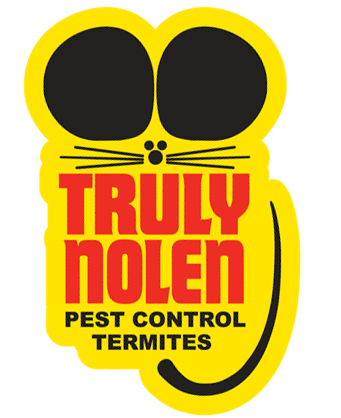Blow Fly Bites and Treatment
Although blow flies make loud buzzing sounds, they do not bite humans. However, blow flies do pose dangerous health threats to humans and animals. While maggot debridement therapy (MDT) is used to treat some diseases, by maggots cleaning non-healing wounds, maggots can also infest living animals, resulting in a parasitic condition known as myiasis.
Adult blow flies spread pathogens and food-borne illnesses.
Adult blow flies create a plethora of disease potentials for humans, as they fly from dung and/or carrion to trash to your food. Blow flies are responsible for carrying the bacteria that causes dysentery, typhus, and cholera. As blow flies can lay thousands of eggs in a life span with eggs maturing in 7-11 weeks, the potential for blow fly induced illnesses and parasitic infestations increases in ideal situations. Linked to bacterial infections and transmitting salmonella as well, blow flies in your home need to be addressed, their breeding grounds removed and sanitation procedures set in motion.
Regular sanitation routine reduces chances of blow fly concerns.
Diligence in cleaning and securing food scraps in tied, plastic bags without tears or leaks and depositing scraps in tightly-closed trash receptacles can eliminate potential blow fly infestations. Eliminating the adult flies can be challenging and need immediate professional attention to reduce health risks.
Truly Nolen suggests consulting with a trusted pest professional to tackle the job of eliminating your blow fly concerns.

